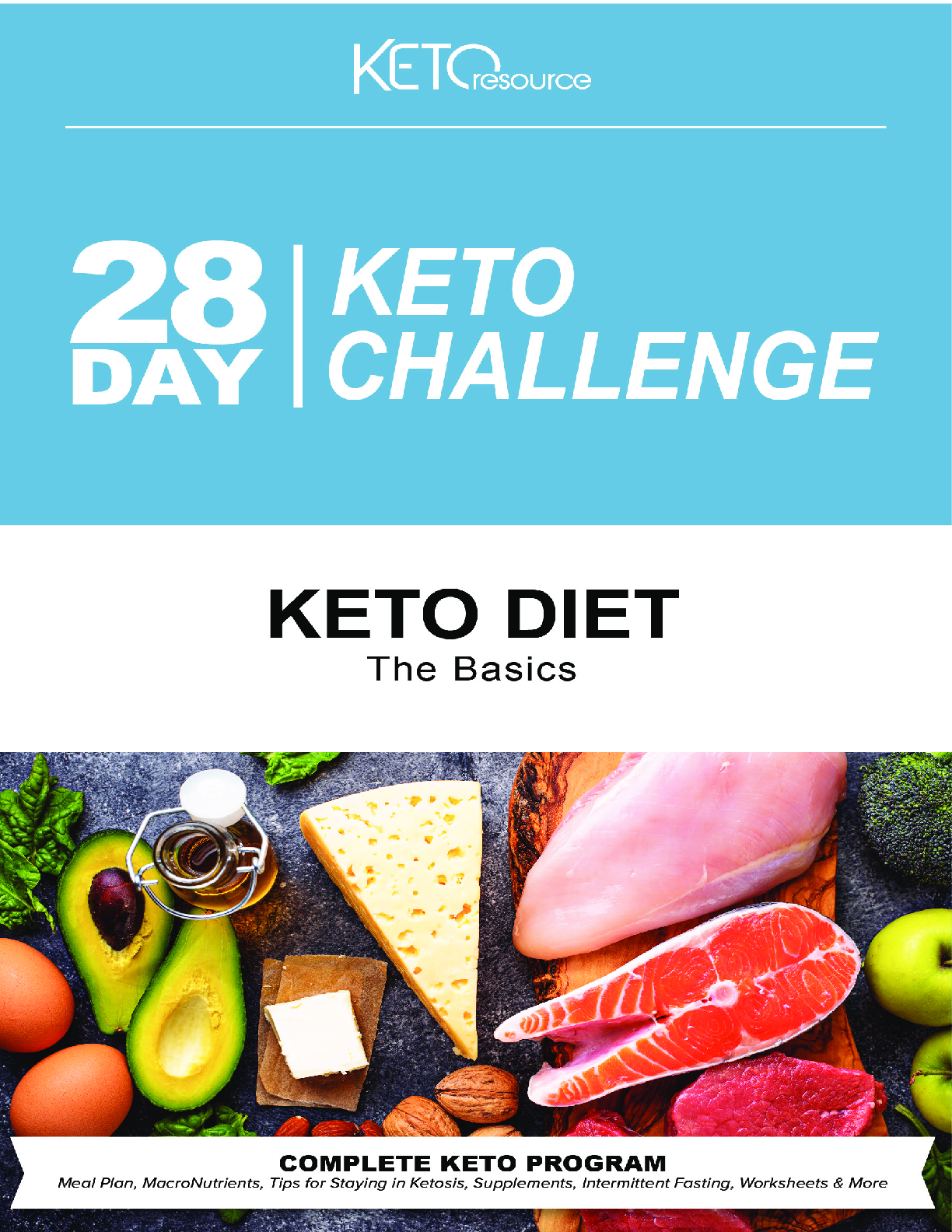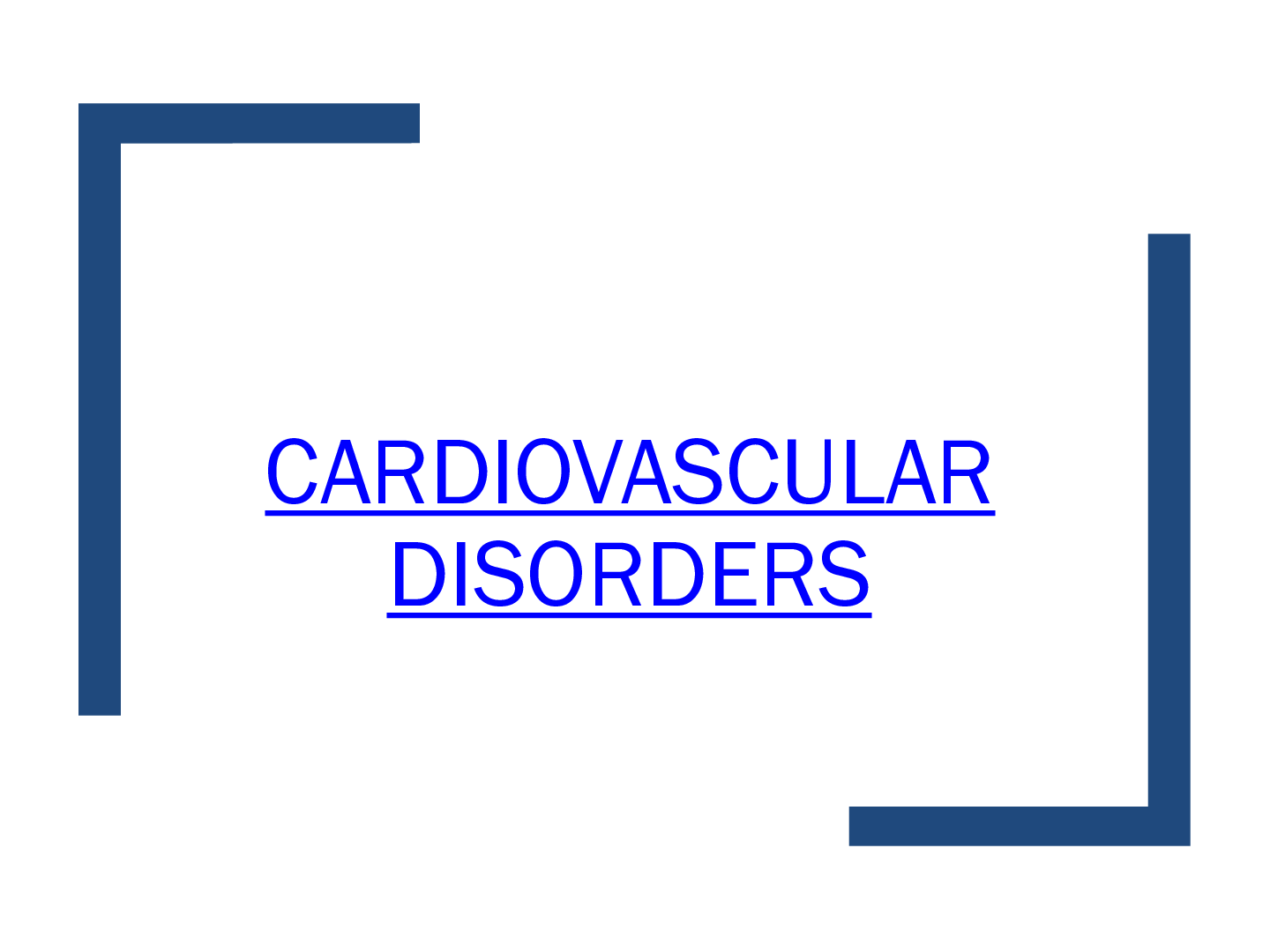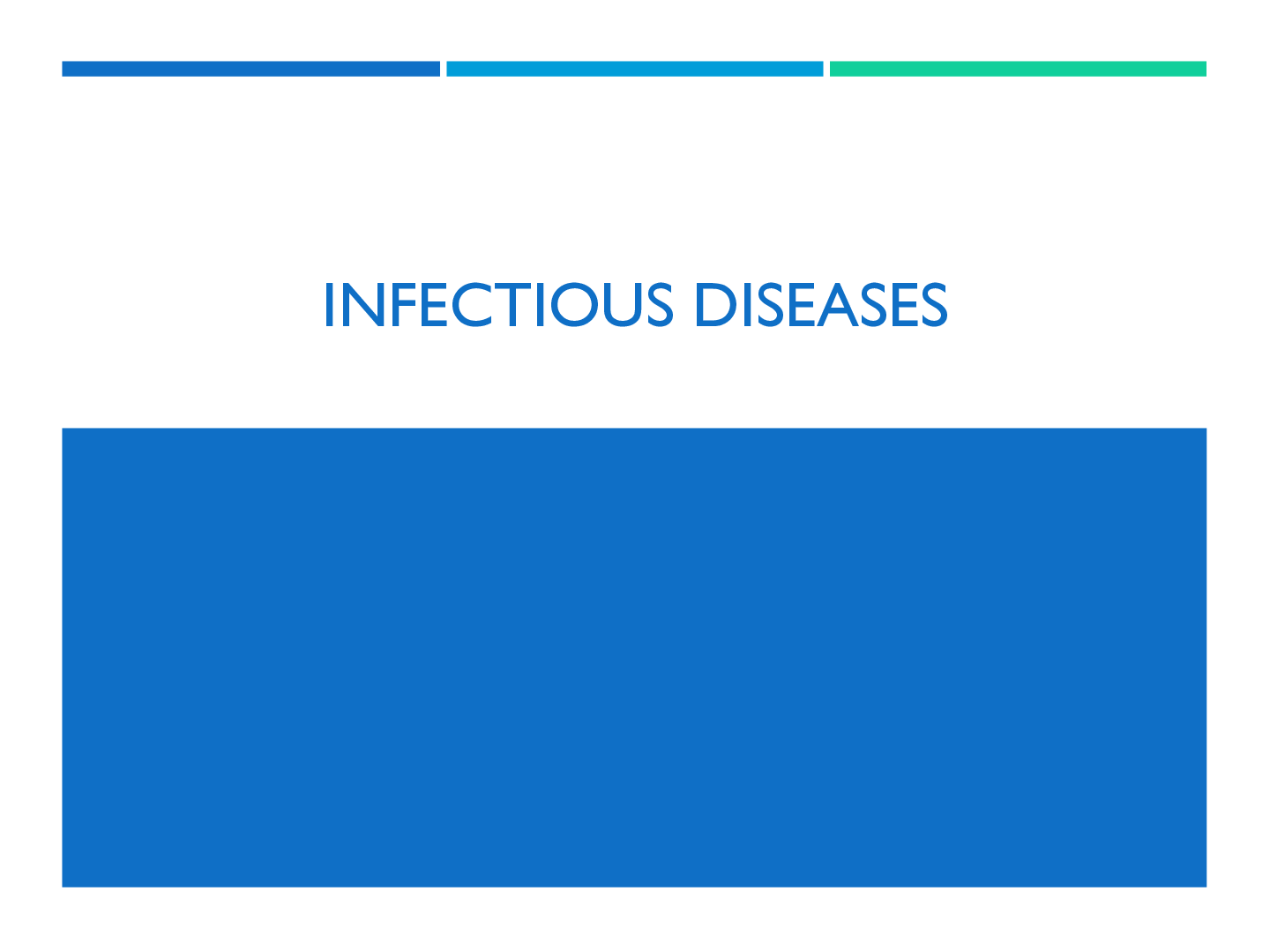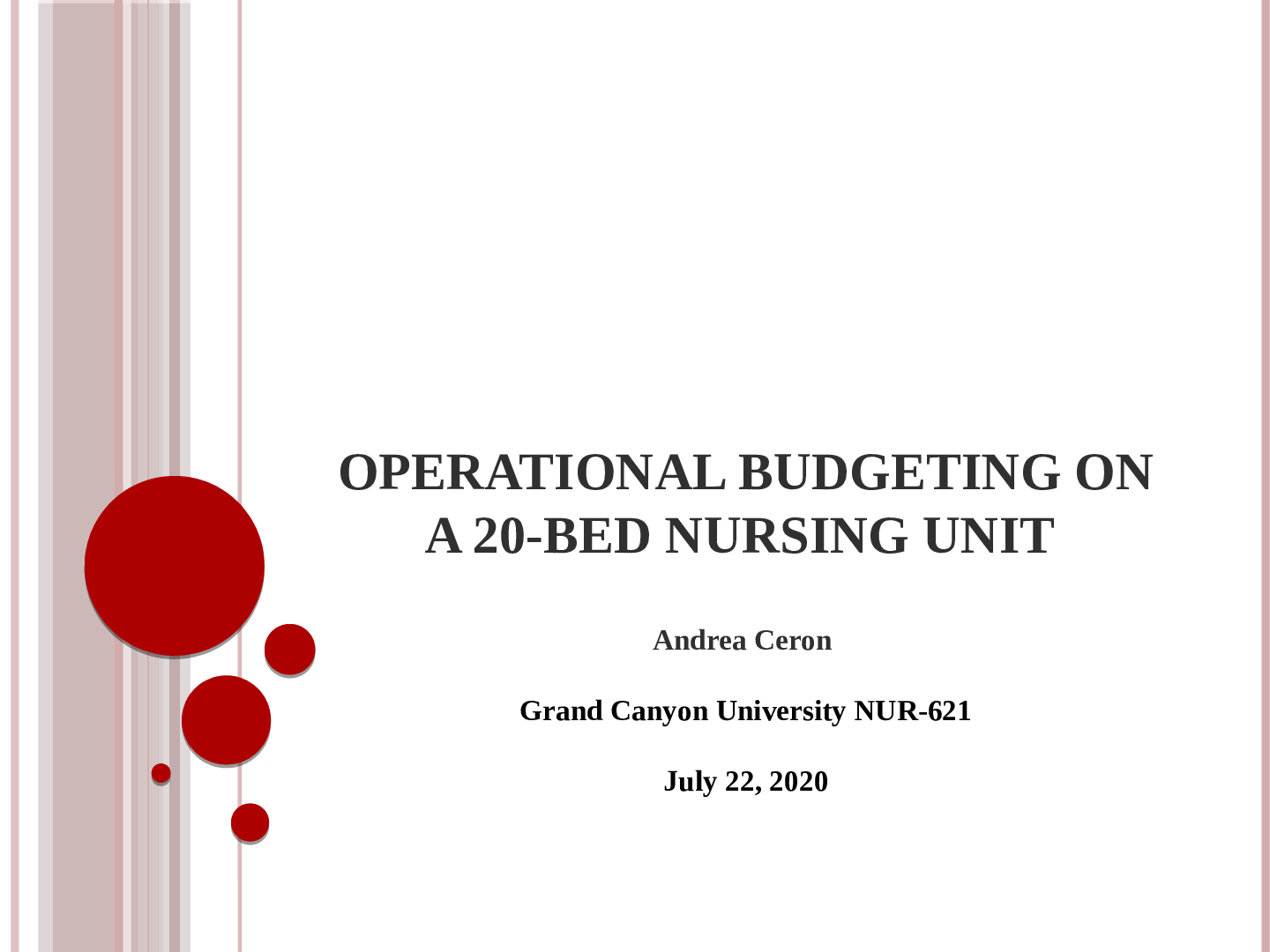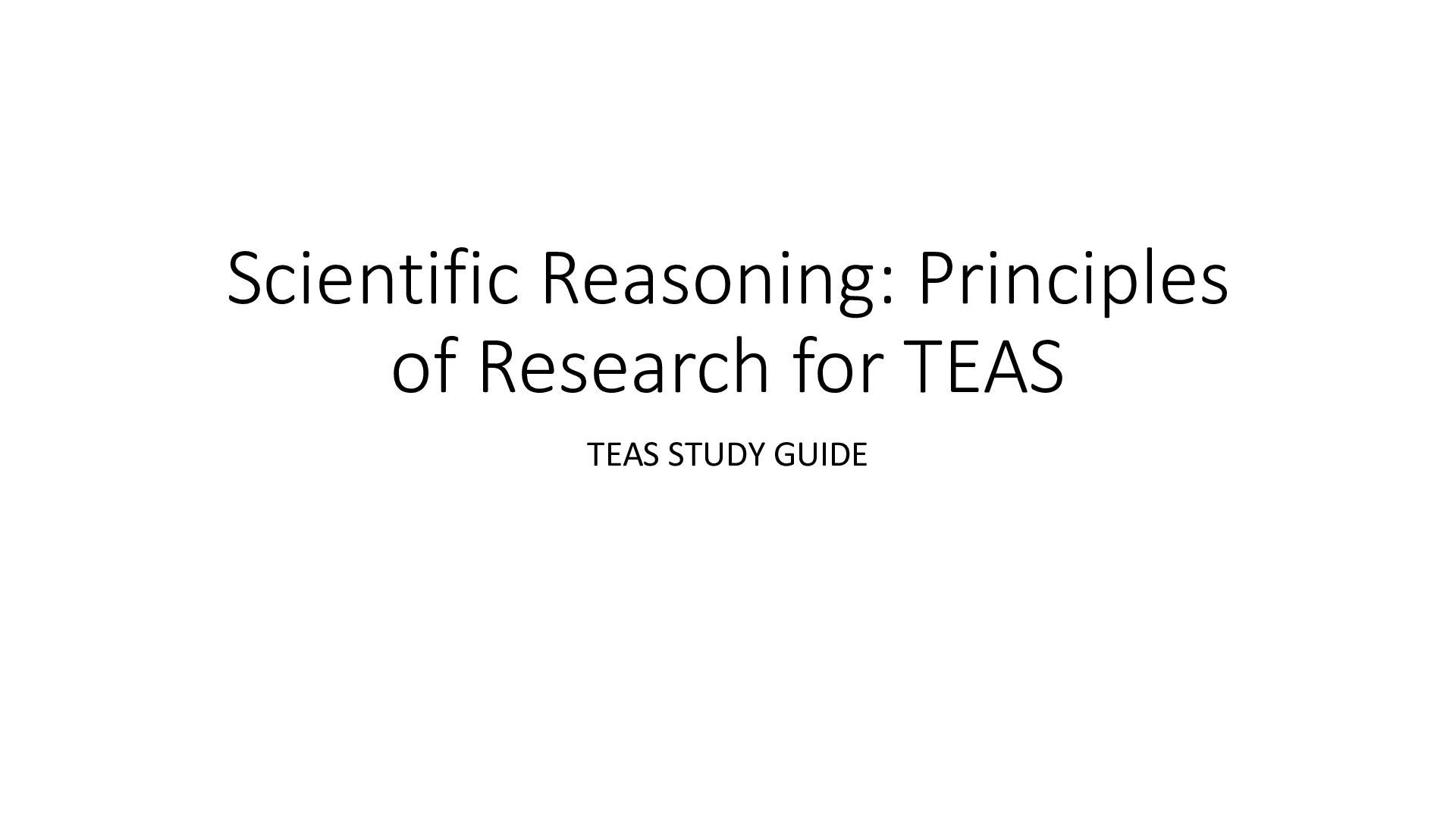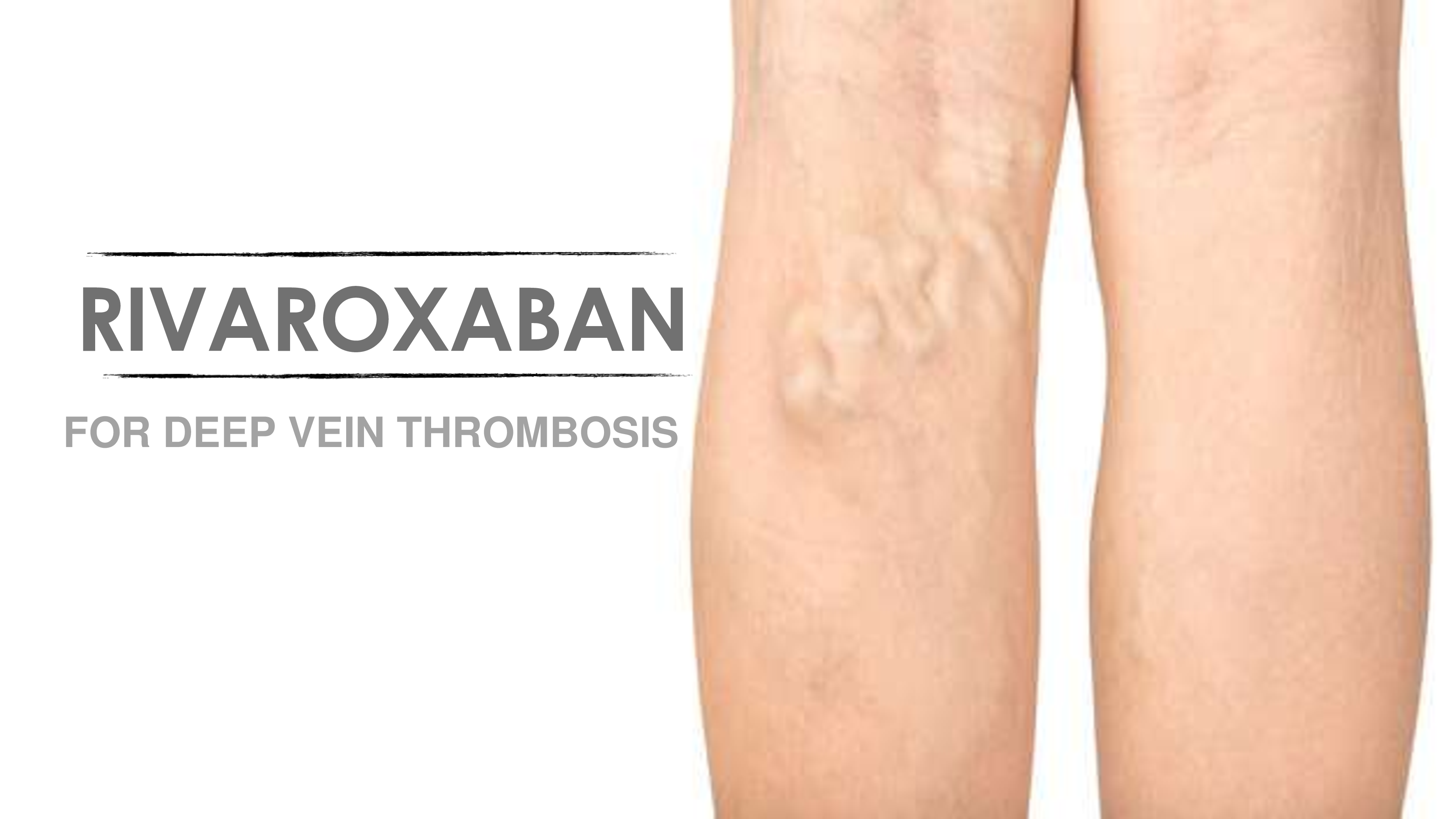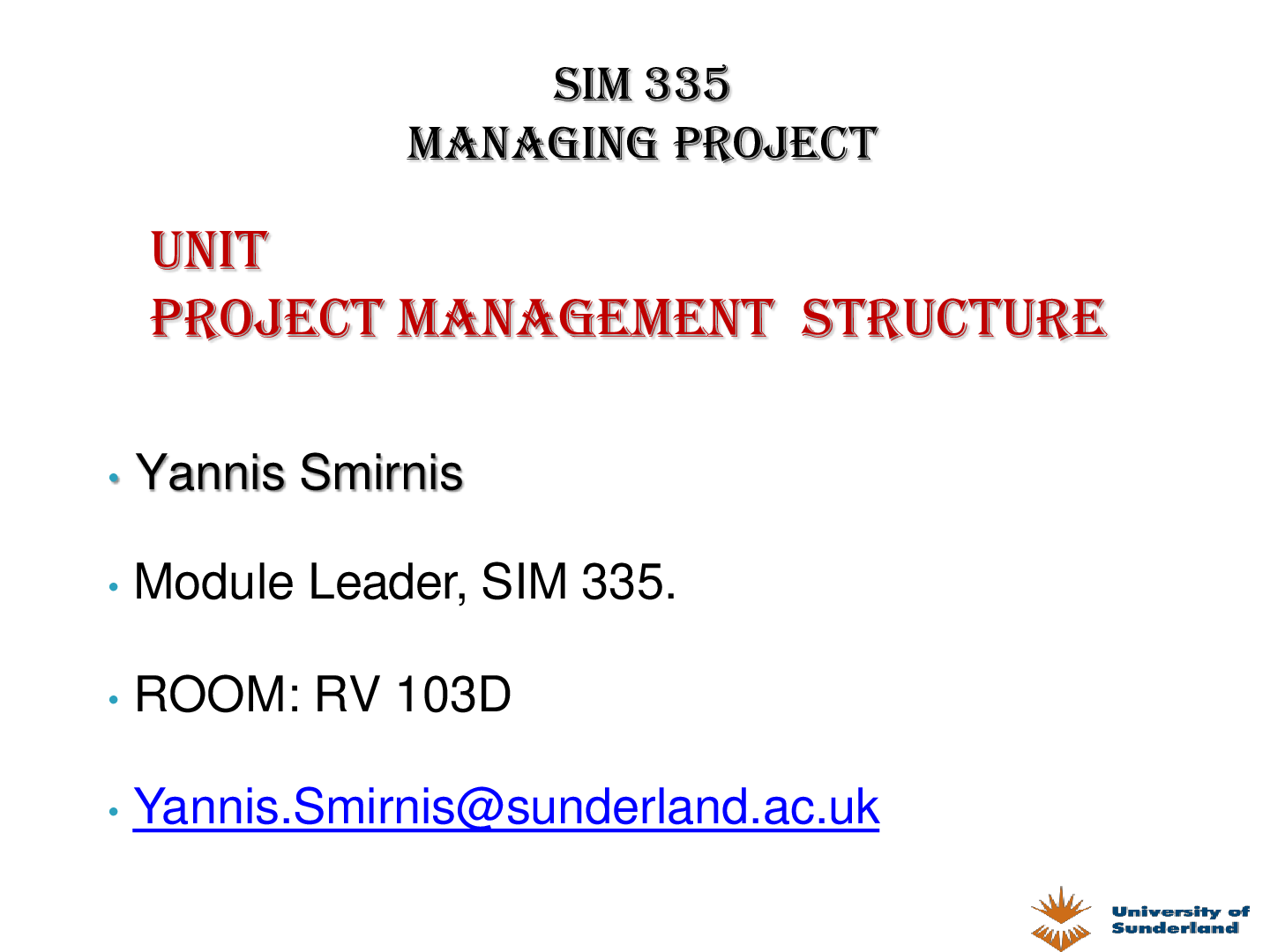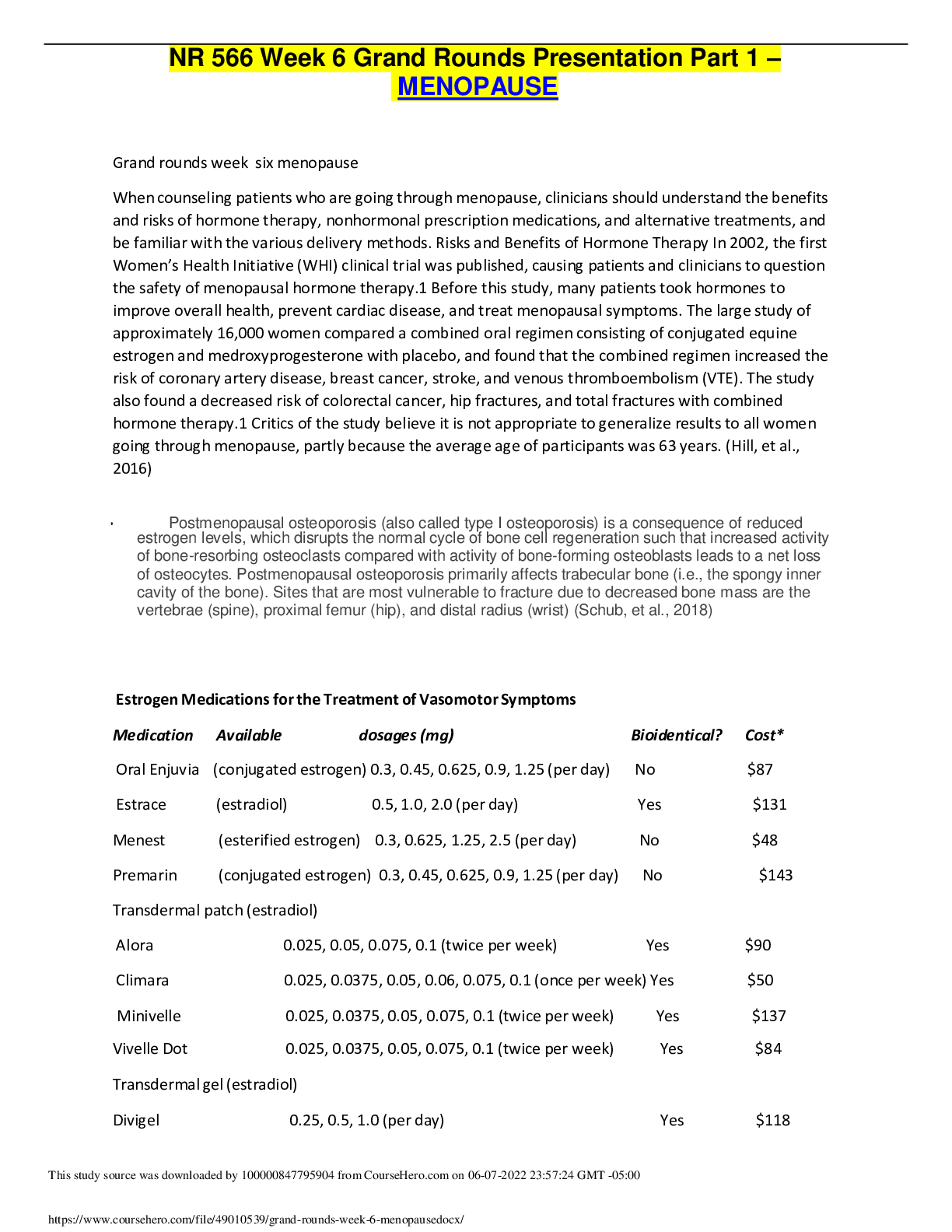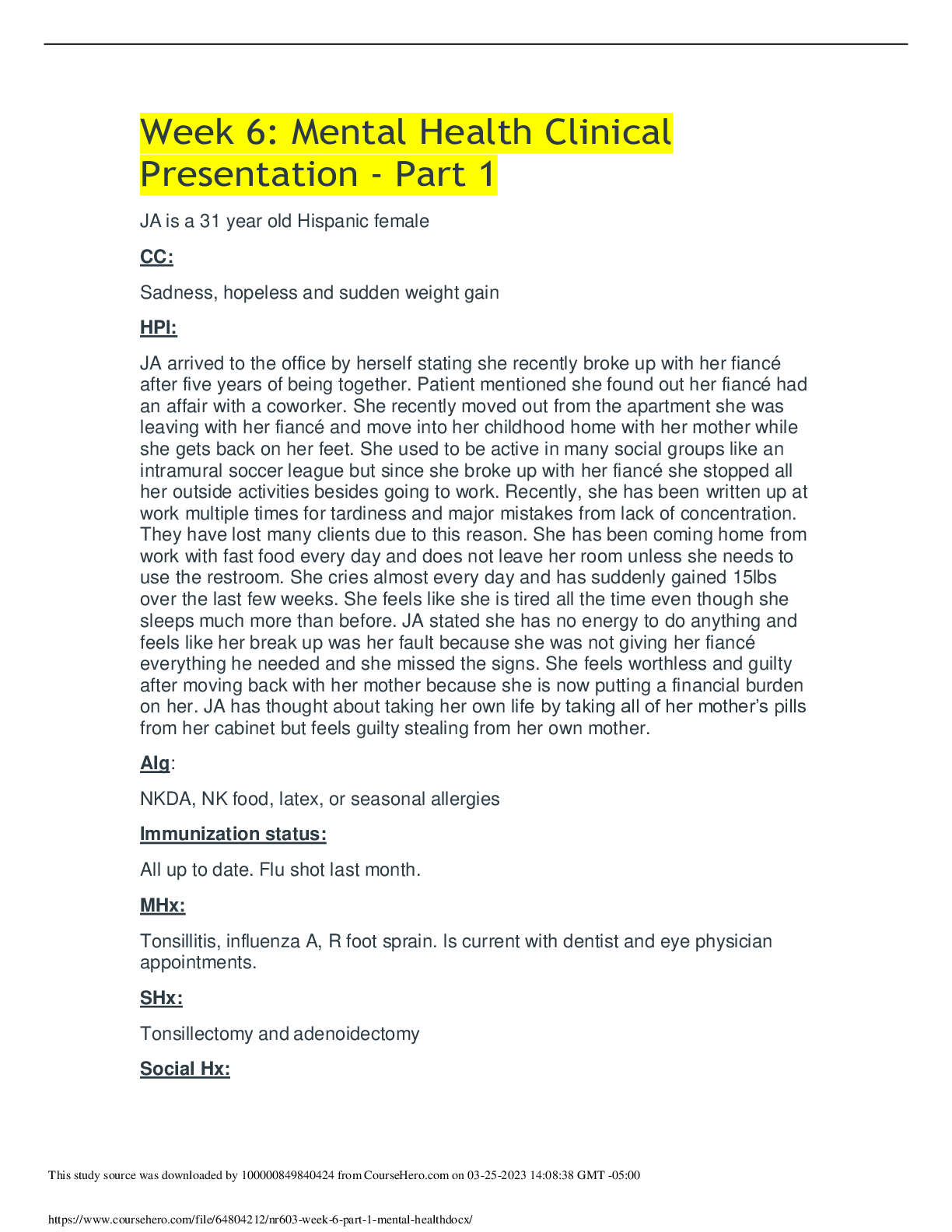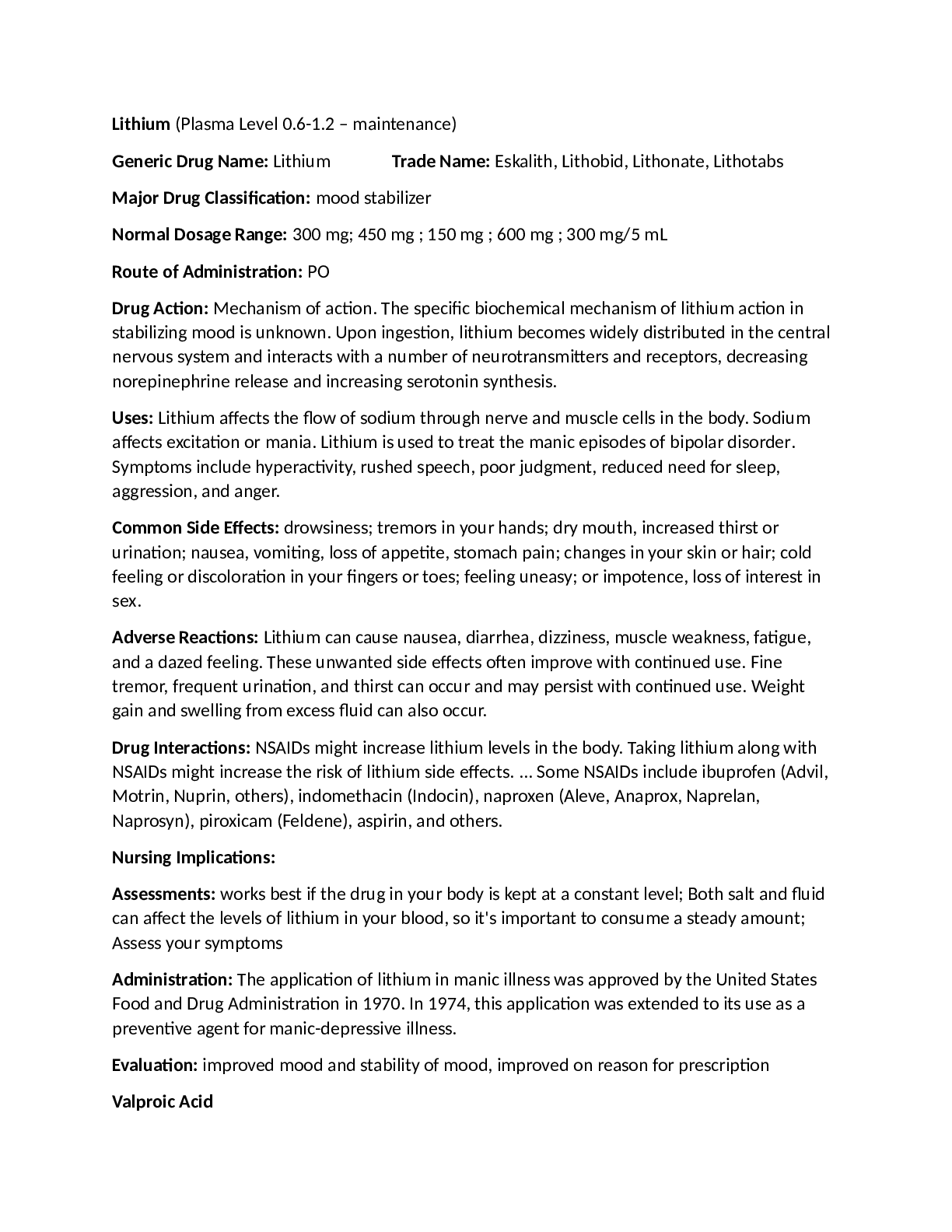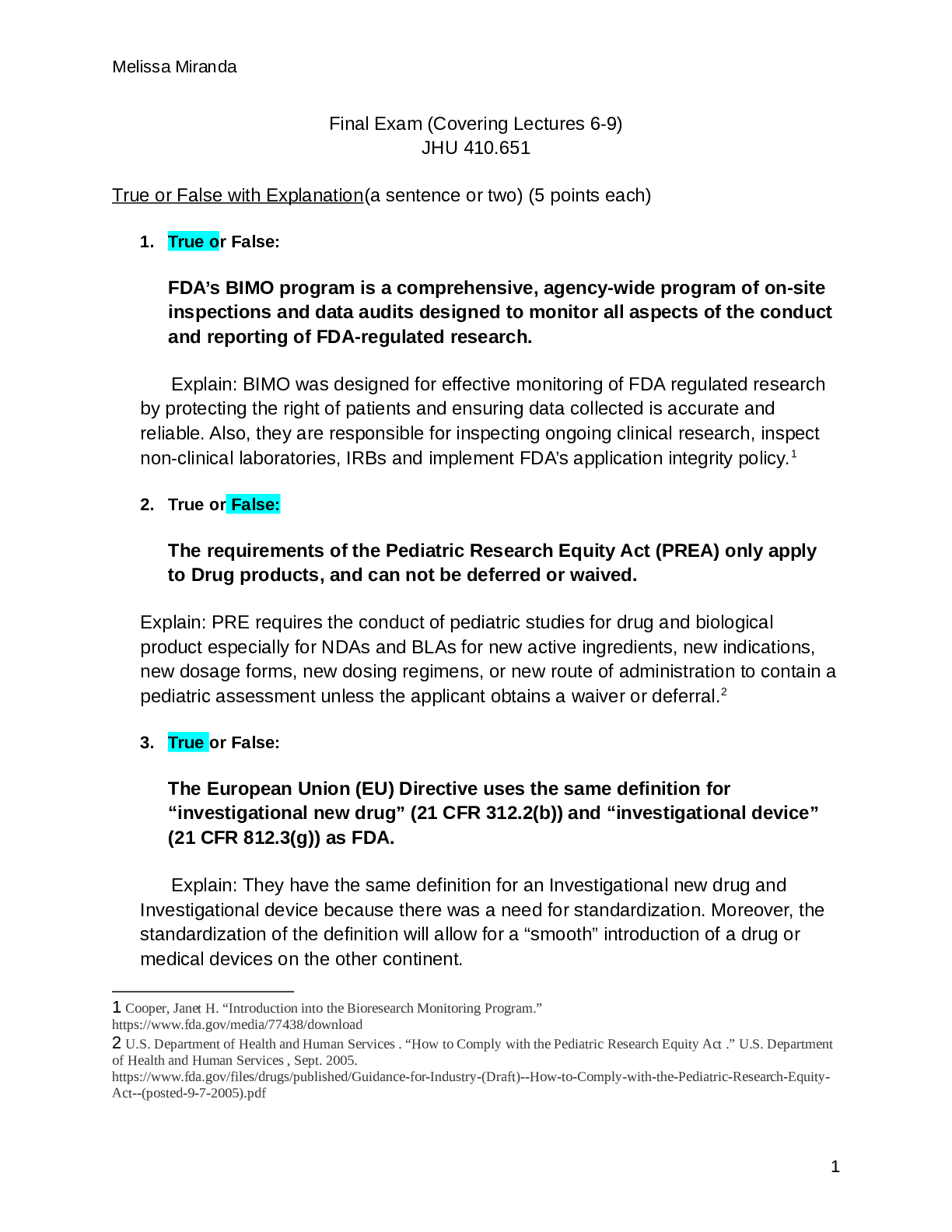*NURSING > Presentation > DIET 111 KR_28_Day_Challenge_Ketosis _2020 | DIET111 KR_28_Day_Challenge_Ketosis _ A Grade (All)
DIET 111 KR_28_Day_Challenge_Ketosis _2020 | DIET111 KR_28_Day_Challenge_Ketosis _ A Grade
Document Content and Description Below
KETOSIS Tips for Staying in Ketosis2 28 DAY KETO CHALLENGE TABLE OF CONTENTS: What is Ketosis 3 Entering Ketosis 4 Seven Tips to Jumpstart Your Ketosis 5 Entering Ketosis in Three Days or Less... 7 How to Know You Are in Ketosis 8 Testing Methods 10 Ketone Levels 13 Staying in Ketosis 15 Cycling out of Ketosis 16 Worksheet: Ketone Levels 193 28 DAY KETO CHALLENGE WHAT IS KETOSIS Ketosis is a metabolic process in which the liver produces ketone bodies from stored fats in the muscles. Those ketone bodies (a.k.a. “ketones”) will be burned to produce energy for the body. The process of ketosis takes place when the body is depleted of carbohydrates, which the body is currently using as a fuel source (known as glycolysis). When this depletion happens, the body then relies on fats as a source of energy.4 28 DAY KETO CHALLENGE ENTERING KETOSIS Entering ketosis, or becoming “keto-adapted”, takes place when your metabolism becomes reliant on fat-based sources as your main source of fuel, rather than depending on sugar or glucose. The time it will take you to enter ketosis will depend on how high your carbohydrate intake currently is. The more carbs you eat, the longer it will take. Those addicted to sugar (yes, carbs are sugar) take anywhere between 2 weeks and 6 months to completely train their body to get into the process. Other than carb intake, there are several factors affecting ketosis, so be sure to customize your plan of action. Consider your lifestyle, dietary history, goals, and preferences while determining your plan of action. To enter ketosis, you will need to completely deplete your glycogen (sugar and carb) stores. To do this, you will need to allow yourself to consume as little carbohydrates as possible. Keeping your intake to 20-30 grams a day will allow your body to use up the glycogen stores. Once your body has burned through these, it will need to find a new way to fuel the body. To do this, your liver will use stored fats to begin producing ketone bodies. These ketones will then be used as fuel. When your body gets used to the state of ketosis, you will no longer feel hungry and weak even when you’re on a low-carb diet. On a Standard Keto Diet of 20-30 grams daily carb intake, it usually takes 5 days to get into ketosis. Entering ketosis, or becoming “keto-adapted”, takes place when your metabolism becomes reliant on fat-based sources as your main source of fuel, rather than depending on sugar or glucose.5 28 DAY KETO CHALLENGE Follow these tips for a smooth transition into ketosis: PLAY DOWN YOUR CARB INTAKE ADD SOME COCONUT OIL TO YOUR DIET MAXIMIZE YOUR PHYSICAL ACTIVITY You mostly need to quit the carbs, minimizing your consumption by 5% to 10% of your daily intake. Optimally, your carb consumption should be between 20-30 grams, but this will be customized to each person. Coconut Oil contains MCT (medium-chain triglycerides) fats, which help boost ketosis. The liver can easily absorb and immediately convert the MCTs into ketones. According to a study, consuming coconut oil is the best way to elevate ketone levels in Alzheimer patients. Begin with one teaspoon daily, then increase it to two tablespoons daily within a week. Be active! During a workout, your body first uses up your glycogen stores. Then, your liver is forced to work hard to produce more ketones to fuel your body as there won’t be any glycogen or carb that could be used to refill them. A study shows that exercising with an empty stomach clearly increases ketone levels of the body. However, you may initially experience a decreased performance level as your body adjusts to the new fuel source.6 28 DAY KETO CHALLENGE INCREASE YOUR HEALTHY-FAT CONSUMPTION TRY FASTING CONTINUE MODERATE PROTEIN INTAKE Eating a high-fat diet boosts ketone levels and helps you attain ketosis. The classic keto diet for treating epilepsy contains 85 to 90% of fat, while weight loss keto diet contains 80%. It’s important to consume healthy, plant and animal-based fats like olive oil, coconut oil, butter, ground beef, chicken broth, etc. According to a study, epileptic children sometimes fast for one or two days before starting a keto diet. Popular fasting approaches, other than the regular fasting, include intermittent fasting (regular short-term fasting) and fat fasting (consumption of 1000 calories daily, 90% of which come from fat). These alternative fasting approaches mimic the effects of fasting. Maintain a moderate protein intake to maximize the production of ketones. Reducing protein consumption too drastically will negatively affect your body. The body needs some amino acids to function properly and maintain its muscle mass in a shortage of carbs. Consuming more than your optimal intake may suppress the ketone production.7 28 DAY KETO CHALLENGE ENTERING KETOSIS IN THREE DAYS OR LESS Though it will not be easy—nor will it be fun—there are proven ways to enter ketosis as fast as possible. First, your goal is to cut down your carb intake into less than 20 net grams. The less carbohydrates you eat, the faster you’ll enter ketosis. Moderate physical activity can also help at this stage. This way, you will easily burn the small amount of carbohydrates into your system, allowing your liver to then produce more ketones for energy. It’s also best to eat more fat while you’re doing this. At this stage, it’s not necessary to count calories, just carbs. The main focus during the first few days in the keto diet is entering ketosis, not losing weight. You can eat as much fat as you can to satisfy your hunger, just not carbohydrates. You can also maintain your protein intake to keep your muscles healthy. Eating extra fat will actually help your ketosis process by increasing fat deposits in the liver. This will be very helpful once your body switches to fat-burning. Doing all of these will not be that easy, though. You’ll experience the effects of carbohydrates-deprivation. You’ll be very tempted to eat carbs because of hunger. Don’t give in. Even a small amount of carbs can knock you out of ketosis. You will also experience some negative effects because your system’s losing minerals. These effects are normal and can be fought. See “Beating The Keto Flu” for more information. Maintain your high fat intake, drink lots of water, and increase your consumption of salt and magnesium. If you complete all of these actions, you will easily enter the ketosis state. Once you are in and your body is adjusted to very low carbohydrates, then you can adjust your calorie intake accordingly to get to your desired weight loss. - - - -- Continued [Show More]
Last updated: 1 year ago
Preview 1 out of 19 pages

Reviews( 0 )
Document information
Connected school, study & course
About the document
Uploaded On
Feb 28, 2021
Number of pages
19
Written in
Additional information
This document has been written for:
Uploaded
Feb 28, 2021
Downloads
0
Views
47



